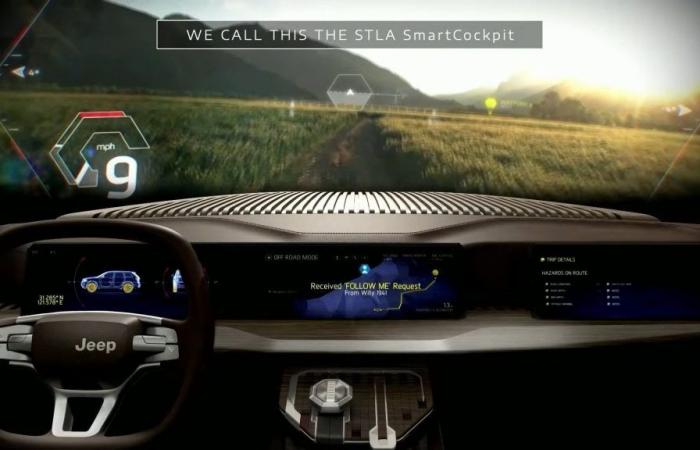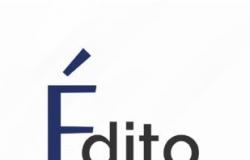The special Stellantis “software” conference was organized live from the United States. Was this a sign that America is prevailing over the rest of the world in AI and computer development? Still, the boss of this division is indeed French. Yves Bonnefont, software development manager for Stellantis, was well surrounded for the occasion. The Frenchman, accompanied by his collaborators based in the United States, gave in impeccable technical English marked by a strong French accent many details on what we could find in the group’s future models. Who intends to put everything straight, so that the American, European or Asian customers share the same development bases with the STLA “ABC” IT suite. Initials for “Autodrive, Brain and Cockpit”.
More autonomous cars
“Brain” is the central node based on a hardware architecture designed 100% in-house. He then controls the “Cockpit”, or rather simply the digital instrumentation which, although it will differ visually for each of the group’s 14 brands, will have a more or less shared basis. Finally, “Autodrive” represents the ambitions set by Stellantis for autonomous driving: for the moment, the on-board technology allows you to take your eyes off the wheel and the road for around 10 minutes. Stellantis plans to increase to 20 minutes for the future iteration, then 40 minutes with level 3 autonomy from the start of next year. You will have guessed it, the next Peugeot 2008 and 208 will be entitled, among other things, to these developments.
What future for Stellantis systems?
It must be admitted that all this remains complex to understand. If Stellantis has the desire to standardize its embedded technologies within the group’s 14 brands, there will still be external developments. The automotive giant, for example, reminded us that third parties will be able to take care of the operating systems (OS). Amazon had already been confirmed. Stellantis therefore manages everything internally… or almost. This will depend on models and regions.
And then there are questions of security and obsolescence: Stellantis claims to be able to keep control at a very low level over the vehicles that will be in circulation, to be able to contain any hacking attempt that would endanger an entire interconnected fleet. Regarding the sustainability of these new systems, one of the project leaders mentioned an assured lifespan of at least 8 to 10 years.. It’s a lot, and ultimately a little at the same time, in a world of rapid technological change!
The jackpot for Stellantis?
Stellantis estimates that the software development market will bring it $30 billion from 2030. The group is particularly targeting B2B, with hyper-advanced functions: in particular a tool dedicated to fleet managers, which will allow them to monitor in real time vehicles in circulation. Average consumption, journeys made, type of driving (with acceleration sensors), the people at the head of the fleets will know everything about how the vehicles are used. Employees will therefore be monitored very closely!
But how can you make so much money simply with software? One of the recipes is already found with remote (OTA) updates. If the OTAs dedicated to the primary functions of the vehicle and to reliability fixes will obviously be free, the updates bringing new functionalities will be… paid. There we find similarities with the world of video games and the famous DLCs. Stellantis will offer new things to customers via downloadable and paid packs, in the form of subscriptions. Some of these packs already exist and give an idea of what Stellantis has in mind: Connect One, Connect Plus and Connect Premium, at 6, 8 and 10 €/month respectively.






